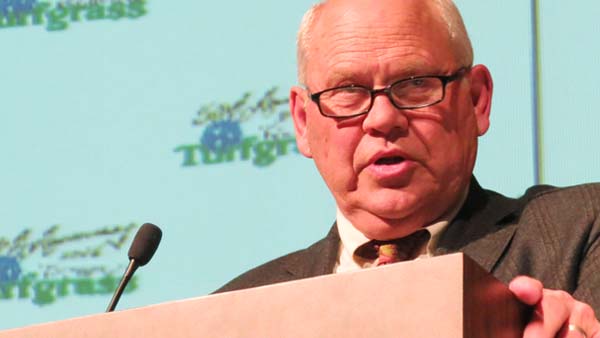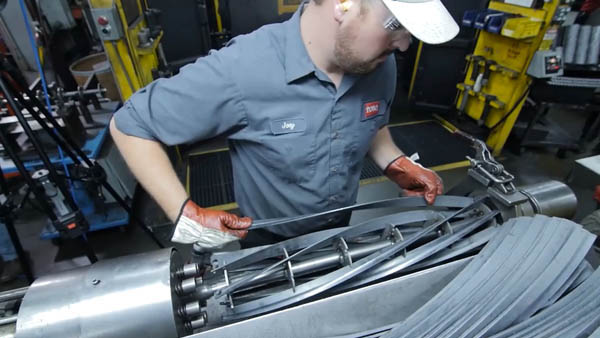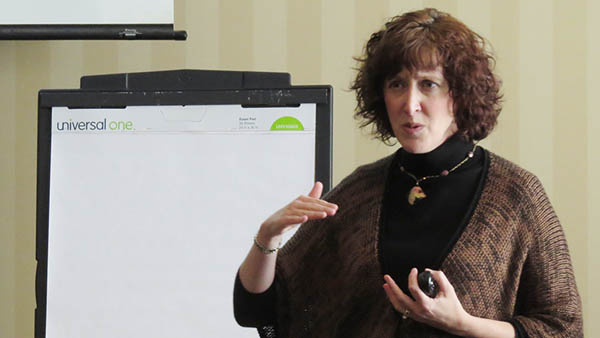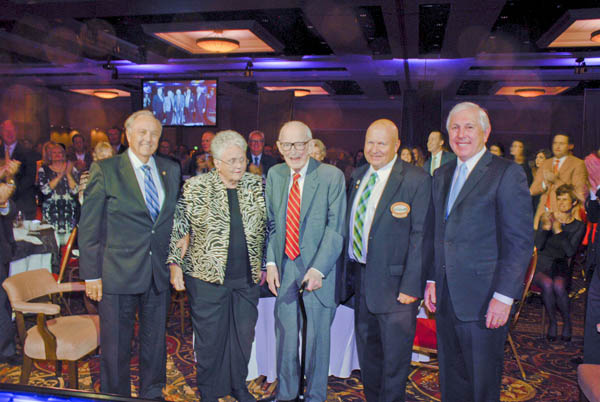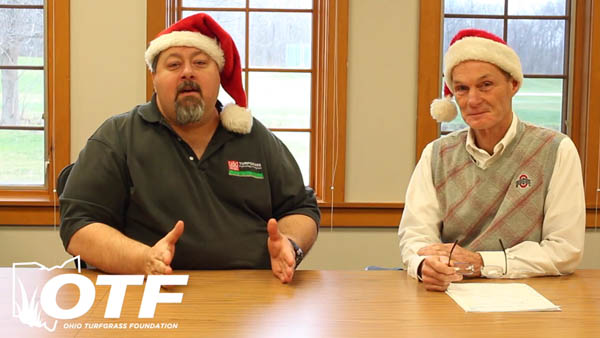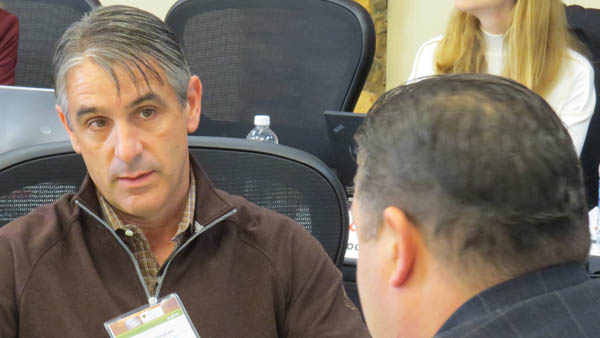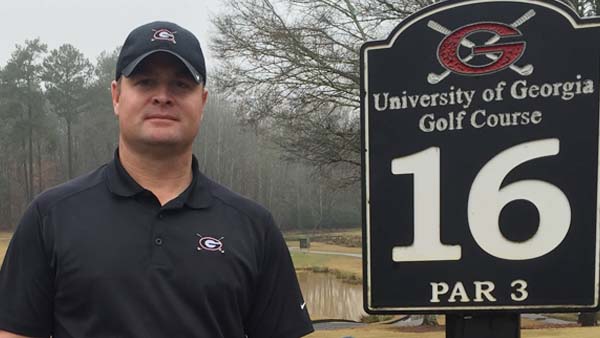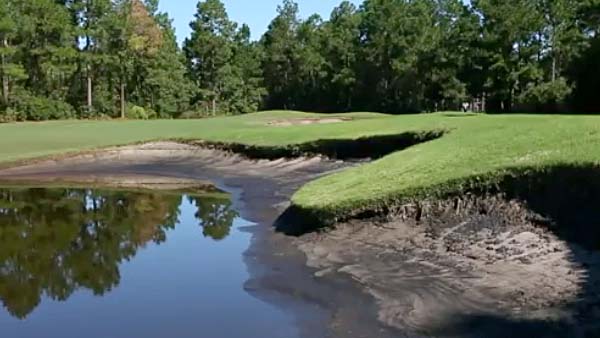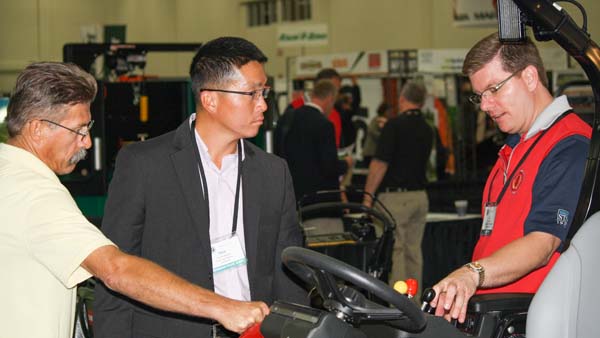

The way Cunningham sees it, the golf course can't be at its best unless everyone working their is operating at their peak. "John is in his fourth year at Bellerive (Country Club in St. Louis), and is constantly striving to make Bellerive the best. Not just the golf course, but the Bellerive experience," wrote equipment manager Chris Rapp. "In order for the Bellerive experience to be the best, it is necessary for the team to be the best." Cunningham says he learned that philosophy from his mentor, legendary South Florida superintendent Dick Gray. "Early on in my career, he told me "you always have to make sure you water your horses, because those are the guys who get things done,' " Cunningham said. Cunningham doesn't look at himself as a manager or supervisor. Instead, he views his role more like that of a coach of a team. "We are coaches. That's what we do. We coach our staff, peers, members," he said. "I've always approached it that way." Cunningham has built a career on coaching all the constituencies of a golf course operation, including equipment managers and the non-golfing public. A decade ago, Stephen Tucker, had the idea of creating a trade association for golf course equipment managers. focused on professional development and education for golf course equipment managers. Soon after, the International Golf Course Equipment Managers Association was born. It was Cunningham who, despite managing the challenges associated with being a superintendent at places like Black Diamond Ranch in Florida, TPC Las Colinas in Irving, Texas (home to the PGA Tour's AT&T Byron Nelson Classic) and Bellerive (site of the 2013 Senior PGA Championship and will be the host to the 100th PGA Championship in 2018), stepped in to help Tucker and his association take that next step. Cunningham and other superintendents in the Mississippi Valley GCSA, along with Rapp and Tucker, worked together to develop a series of semi-annual meetings for other equipment managers from throughout the chapter, providing education, certification and even sponsoring a trip to the Golf Industry Show each year for one mechanic in the region. He also served on a task force that eventually recommended the GCSAA absorb the IGCEMA, a move that members believe helps further them on their path toward career development. "To me, this is the definition of a leader," wrote Tucker, equipment manager at Four Seasons Orlando near Walt Disney World. "He has given his time and effort to a cause that benefits the people around him. John didn't get paid more to do it. He didn't ask to be on the GCSAA committee. He's not looking to be an equipment manager. He did it for me, he did it for Chris, he did it for the others out there that he could see the bigger vision we were trying to create. "To me there isn't anyone as committed to seeing others succeed than he is. I see it with his assistants that have moved up in the business, I see it in his staff when I visit Bellerive and I see it in his colleagues, GM and his greens committee chairman, whom we played golf with." The consummate coach and teacher, Cunningham's drive to educate others began long before he started at Bellerive. While at Black Diamond Ranch, he held field days for local school children (and their teachers and parents) to teach them about mole crickets and the environmental achievements of superintendents. At Las Colinas, his equipment manager Doug Johnson was named the winner of the TurfNet Golden Wrench Award. And he's famous for conducting weed-pulling competitions on his staff and more. He's a voracious reader and tries to instill that in others. "I've always believed in looking outside yourself and being a good coach and delegator," he said. "There are a million and one books out there to help you do that. At Christmas time, I give out books on how to better yourself."
- Read more...
- 5,436 views


